Sea to Shining Sea Newsletter - April 2023
Sanctuary Designation for Pacific Remote Islands
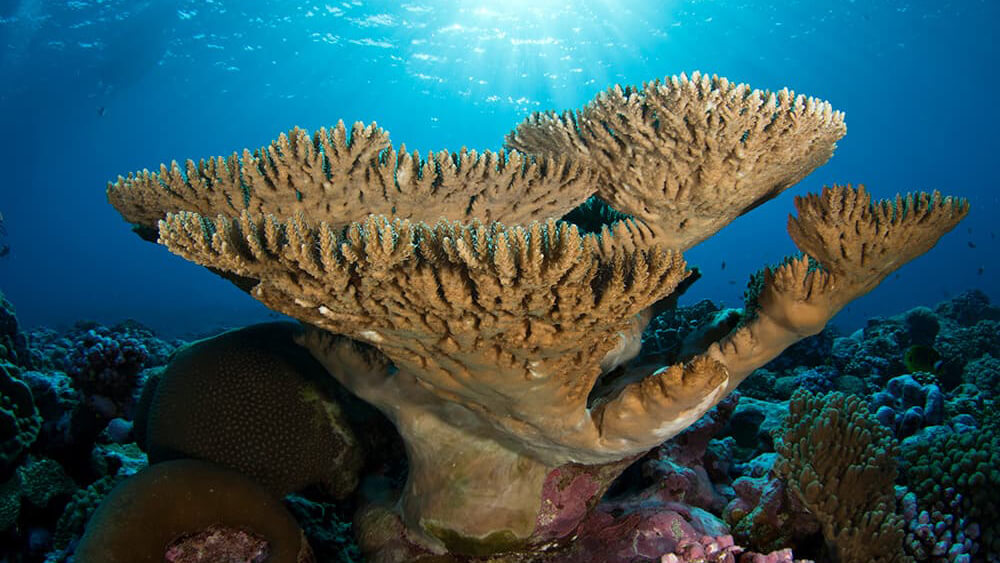
On March 24, 2023, President Biden directed the Secretary of Commerce to consider initiating the designation process for a proposed national marine sanctuary in the Pacific Remote Islands area. On April 17, 2023, NOAA's Office of National Marine Sanctuaries issued a Notice of Intent to Conduct Scoping and to Prepare an Environmental Impact Statement for the Proposed Designation of a National Marine Sanctuary for the Pacific Remote Islands, launching the designation process. Sanctuary designation would allow NOAA to augment the existing protections for the Pacific Remote Islands Marine National Monument with additional regulatory and non-regulatory tools, and to conserve additional areas outside the monument's existing boundary. The proposed sanctuary would not include terrestrial areas or diminish the protections of the existing monument designations.
Frozen in Time: Researchers Discover Lost Shipwreck in Thunder Bay National Marine Sanctuary
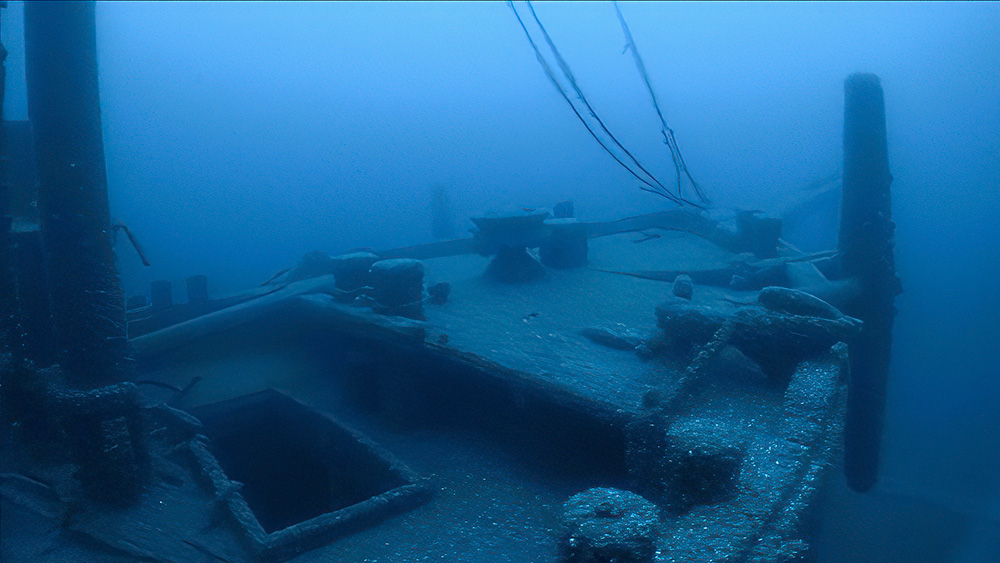
Researchers from NOAA, the state of Michigan, and Ocean Exploration Trust have discovered an intact shipwreck resting hundreds of feet below the surface of Lake Huron. Located within NOAA's Thunder Bay National Marine Sanctuary, the shipwreck has been identified as the sailing ship Ironton. Magnificently preserved by the cold freshwater of the Great Lakes, the 191-foot Ironton rests upright with its three masts still standing. The Ironton, a steam-powered wooden vessel, sank in Lake Huron in 1894. The wreckage was discovered by a team of researchers using advanced sonar technology and remotely operated vehicles. The discovery of the Ironton provides a unique opportunity to learn more about maritime history and the role of Lake Huron in the development of the Great Lakes region.
2023 Final Management Plan for Channel Islands National Marine Sanctuary
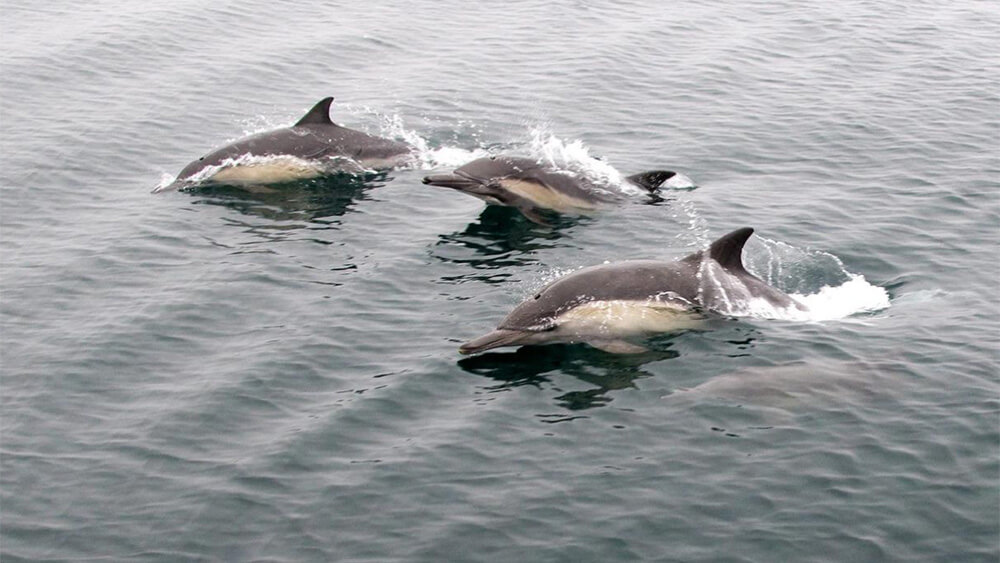
NOAA’s Office of National Marine Sanctuaries is pleased to share the updated National Marine Sanctuary of Channel Islands 2023 Final Management Plan. The management plan guides current and future activities at Channel Islands National Marine Sanctuary and identifies priority management issues and actions proposed to address them. It also describes planned activities for research, education, outreach, and enforcement programs. The issue areas and programs addressed in this document were built with guidance from the general public, the Office of National Marine Sanctuaries (ONMS), agency representatives, experts in the field, and the CINMS Advisory Council (Sanctuary Advisory Council). ONMS identified the 11 top priorities to be addressed in the action plans. Across these action plans, four important cross-cutting themes and approaches are emphasized: addressing climate change, relying on partnerships and collaborations, and supporting community-based engagement.
Climate Vulnerability Assessment Guide Available for Marine Protected Area Managers

NOAA has released the Marine Protected Area Climate Vulnerability Assessment Guide, providing comprehensive recommendations on conducting climate vulnerability assessments tailored to the unique challenges of place-based management. This guide is based on nearly a decade of experience conducting climate vulnerability assessments within national marine sanctuaries and is a valuable tool for marine protected area (MPA) managers to develop targeted and effective management strategies to address the effects of climate change. These products can serve as models for other MPA programs to further advance the climate-informed management of marine resources. These resources are an exciting new role to support the work of national marine sanctuaries in engaging on a wide variety of climate adaptation actions that enhance the ability of the nation’s critical marine resources and special ocean places to continue to thrive in a changing ocean, while broadly supporting adaptation throughout their communities.
A Year of Advancing Research and Engagement Efforts in National Marine Sanctuaries: 2022 Sanctuary Accomplishment Reports
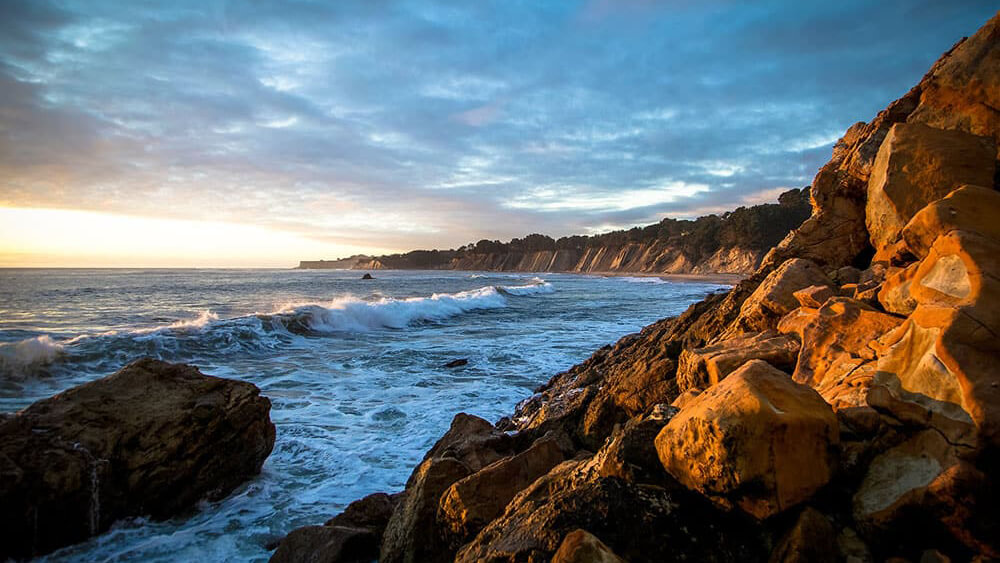
The Office of National Marine Sanctuaries has been busy this past year! As the National Marine Sanctuary System emerges from the disruption of regular workflow due to the COVID-19 pandemic, many research efforts that were paused are resuming with renewed energy. National marine sanctuaries across the country are revamping projects that were stalled during the early months of the pandemic, and are engaging with diverse communities to establish the foundation for long-term partnerships and community science initiatives. Each sanctuary released their 2022 accomplishment report detailing their big projects and initiatives from 2022. The work across the 16 sanctuaries spanned rebounding research efforts, community science & engagement, and looking ahead into the future.
NOAA’s Florida Keys and Hawaiian Islands Humpback Whale National Marine Sanctuaries Visitor Centers Revamped and Reopened
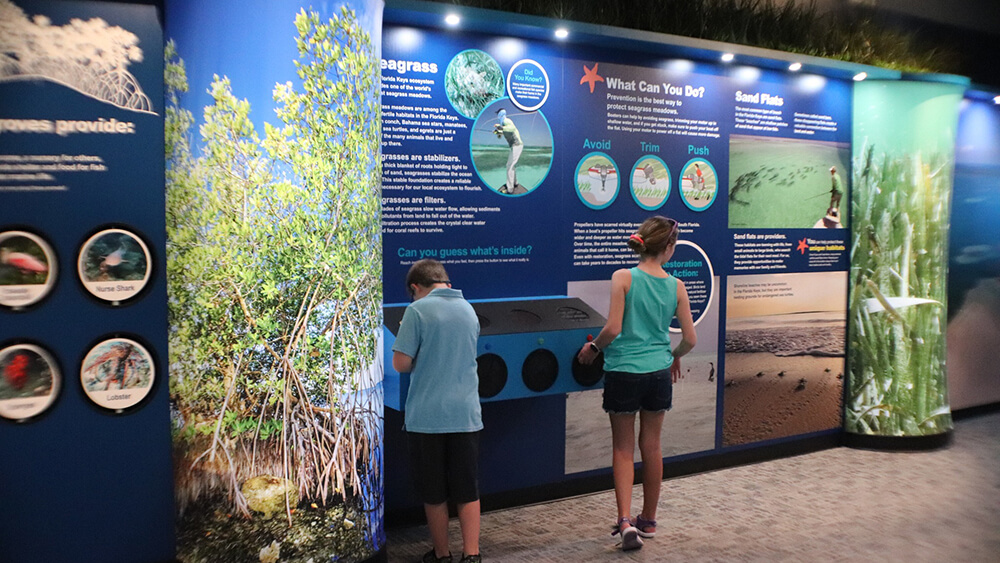
NOAA’s Florida Keys National Marine Sanctuary is celebrating the complete redesign of the Florida Keys Eco-Discovery Center. Renovations of the center were completed in 2022 and included re-designing the 6,000 square foot exhibit space to be more engaging and interactive. In April, a community day to celebrate the redesign included a ribbon cutting ceremony and offered hands-on activities for children and adults to learn about and explore the sanctuary and the treasures it protects.
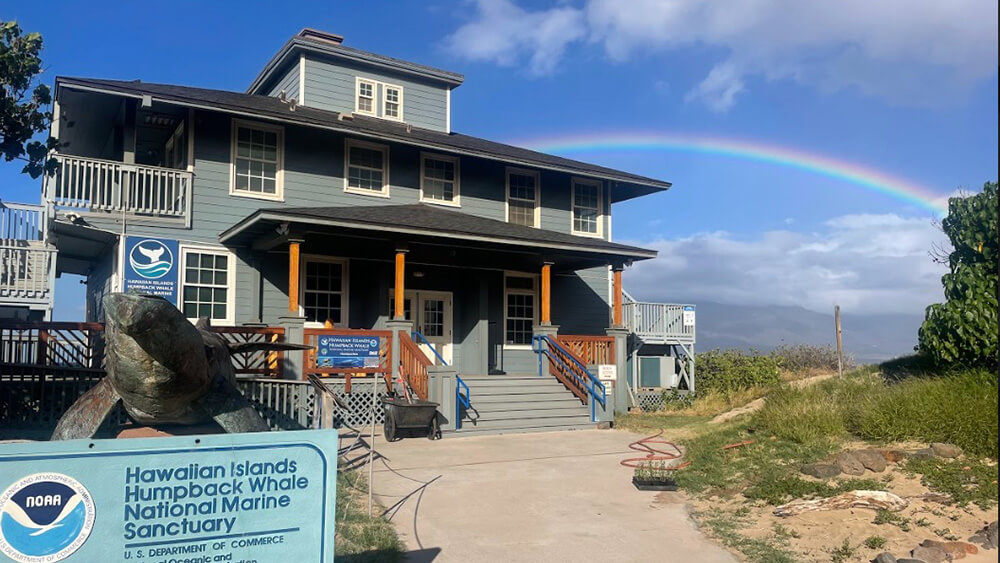
NOAA’s Hawaiian Islands Humpback Whale National Marine Sanctuary also celebrated the reopening of the sanctuary’s visitor center in Kihei on January 14th, which debuted with new and engaging interpretive exhibits, a public blessing ceremony, and an opportunity to visit the refreshed facility. Over the past 5 years, NOAA has worked on a full redesign of the sanctuary’s visitor center in Kihei, highlighting the importance of the sanctuary, whale biology, research, and disentanglement.

